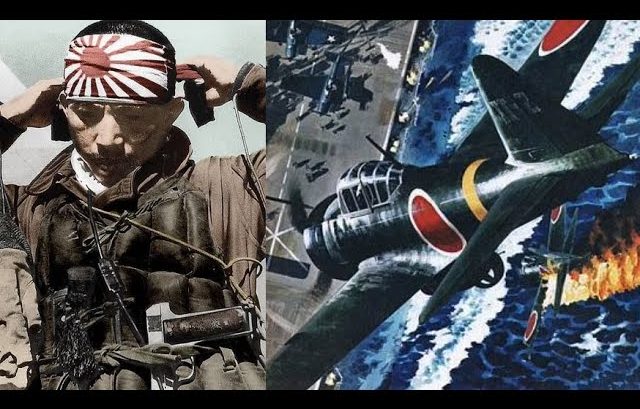Hirohito, the Emperor of Japan, announced the nation’s surrender on August 15, 1945. But even though Japan was on its knees economically, its islands shelled vehemently, cities bombed to ruins, its merchant fleet largely sunk, and its people starving, many Japanese military officials were still determined to keep the fight going.
In fact, the Japanese military was preparing to resist the US invasion of Kyushu Island as they armed millions of troops and civilians while thousands of Kamikaze pilots stood ready. So the question was: Would the Japanese forces obey and lay down their arms?

Full Compliance Needed
To accomplish full compliance, Japan decided to send envoys and Imperial princes to territories still under their control. Their goal? To persuade Generals and Admirals to obey the Emperor’s order. Most of them complied, but some units did not.
Many Japanese military personnel couldn’t live with the shame of surrender and sought “self-sacrifice” as a way to redeem their honor. These sacrifices came in the form of disemboweling themselves with swords, shooting themselves, or even blowing themselves up with grenades. However, some of them decided it would be better if they took some of their enemies with them to the grave.

Not Backing Down
Contrary to what history tells us, Japanese attacks continued for several days even after their surrender on the 15th of August. Masterminding these attacks was Vice-Admiral Matome Ugaki, who had gathered a huge force of Kamikaze aircraft on Kyushu. When he heard the news of Japan’s surrender, he wrote in his diary that he had not yet received an official ceasefire order from his own chain of command. And so he decided to lead a final attack on the Americans to show them the “Spirit of Bushido” by climbing into the rear of a Yokosuka D4Y dive-bomber. 20 other airmen crewed 10 more of these bombers – all determined to deal the final blow.

Fortunately, none of them hit any of the US ships that day as they were swiftly shot down by anti-aircraft guns.
The next morning, Americans found the remains of a Japanese plane and three bodies on the beach of Ihaiyajima Island. One of them was Matome Ugaki.
Yet Another Japanese Attack
That STILL didn’t stop other Japanese forces from attacking, however. On August 17th, Imperial Japanese Navy fighters were deployed above Tokyo to engage American B-32 Dominators flying photo-reconnaissance missions over the capital.

A 2-hour battle developed over Tokyo, with some B-32s suffering minor damage. The next day, two B-32s returned to the city and were intercepted by 14 A6M Zeros and 3 Nakajima N1K2J Shidenkai fighters. One of the Dominators suffered a lot of damage, ultimately resulting in the death of Sergeant Anthony Marchioni, a photographer’s assistant. Marchioni would become the last American to die in aerial combat in WWII.
America’s Last Solution

To stop more Japanese forces from doing the same thing, America ordered Japan to remove all propellers from their fighters starting on August 19. This prevented further Kamikaze attacks or fighter interceptions of US aircraft.
Final Attack
But still, the very last Kamikaze attack wasn’t targeted to the US forces. The Soviet invasion of Manchuria and Mongolia started on August 9, 1945, the same day America dropped an atomic bomb on Nagasaki. Japan continued the fighting against the Soviets until August 20, 1945. Before Japan’s official surrender on September 2, five Japanese planes tried to attack Soviet T-34 tanks near Tong Liao, Mongolia. The Kamikazes managed to knock out one tank and damage another.




